Managing a warehouse involves not just overseeing the logistics of goods and services but also ensuring the safety and well-being of all staff. Safety in the warehouse is paramount, as the mix of heavy machinery, high shelves, and constant activity can lead to hazardous situations. To minimise risks and ensure a safe working environment, here are some fundamental safety principles every warehouse manager should implement.
1. Comprehensive Training and Education
Safety begins with knowledge. Regular training sessions are crucial to equip warehouse staff with the necessary skills to perform their duties safely. This includes training on the correct use of machinery, awareness of potential hazards, and the importance of wearing protective equipment. Education shouldn’t be a one-off event but a continuous process, with refreshers and updates provided to address new challenges as they arise.
2. Proper Use of Equipment
In a warehouse, the misuse of equipment—be it forklifts, conveyor belts, or pallet jacks—can lead to severe accidents. It is essential that all equipment is used according to the manufacturer’s guidelines and that only trained and certified individuals operate such machinery. Regular maintenance checks are also vital to ensure that all equipment is in good working order, reducing the risk of breakdowns and accidents.
3. Clear Signage and Markings
Navigating a warehouse safely is facilitated by clear and visible signage. Signs that indicate hazardous areas, equipment usage instructions, and safety reminders play a critical role in preventing workplace accidents. Floor markings are equally important; they help manage traffic by designating specific areas for forklifts and pedestrians, reducing the likelihood of collisions.
4. Focus on Ergonomics
Warehouse work often involves tasks that can strain the body, such as lifting heavy items or performing repetitive actions. By applying ergonomic principles, such as using suitable lifting techniques and tools designed to minimise bodily strain, the risk of injuries can be significantly reduced. Adjustable workstations and ergonomic mats can also help provide a more comfortable working environment.
5. Organisation and Housekeeping
A tidy warehouse is a safer warehouse. Ensuring that all items have a designated place and that aisles and passageways are free from obstructions can dramatically decrease the likelihood of accidents. Regular cleaning schedules should be adhered to, and spills must be attended to immediately to prevent slips and falls.
6. Hazardous Material Management
Handling hazardous materials requires strict adherence to safety protocols. Workers should be trained on how to handle these materials safely, and all hazardous substances should be clearly labelled and stored in compliance with safety regulations. Proper personal protective equipment (PPE) must be worn at all times when handling these materials.
7. Regular Safety Audits
Periodic inspections of the warehouse are essential to identify potential hazards. These audits should be conducted by individuals who are trained to spot risks and suggest feasible solutions. Regular audits not only help in maintaining safety standards but also demonstrate a commitment to the well-being of the workforce.
8. Emergency Preparedness
Despite all precautions, emergencies can occur. It is crucial that all staff know what to do in case of an emergency, whether it’s a fire, chemical spill, or another urgent situation. Clear, accessible emergency exits, properly maintained fire extinguishers, and regularly drilled evacuation plans are essential components of an effective emergency preparedness strategy.
9. Enforcing Health and Safety Policies
A set of well-defined health and safety policies is the backbone of a safe working environment. These policies should be in line with local and national safety regulations and should be enforced rigorously. Furthermore, these policies should be regularly reviewed and updated to adapt to new safety challenges or changes in legislation.
10. Promoting Psychological Safety
The psychological aspect of safety is often overlooked. Creating an environment where employees feel secure in voicing concerns and confident that those concerns will be addressed is crucial. This can lead to a more engaged workforce and a proactive approach to managing safety issues.
By implementing these safety principles, warehouse managers can create a safer, more efficient work environment. Safety is not just about compliance; it’s about creating a culture that values the well-being of every individual. As such, it’s a critical component of effective warehouse management and a key driver of operational success.
